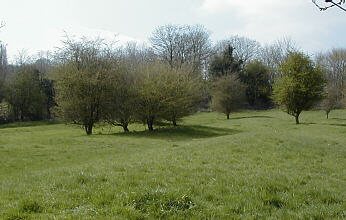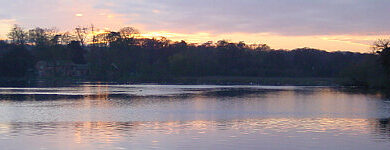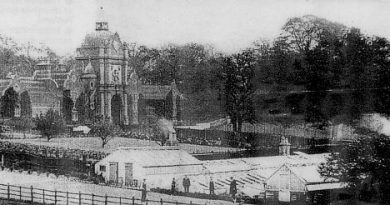Dowry Furlong
This meadow (situated behind the Groby Pool Car Park) was once part of a large cultivated open field known as Dowry Furlong, part of Groby’s common field system dating from the Medieval period.
Land around the village would have been divided into three common open fields. These were common in that each was jointly held by all the peasant farmers as tenants of their feudal landlord. The system was designed to enable a three year crop rotation leaving land fallow for a year.
You will see if you walk around the site that it forms a number of undulating parallel strips (furlongs) these are the ridge and furrows, a characteristic feature of Medieval ploughing techniques. The strip of land was ploughed first down the centre, then on alternate sides working outwards. The sod would always be turned inwards such that after several seasons of ploughing, a ridge would develop separated from its neighbour by a furrow.
During the Parliamentary enclosures period, the large open fields were reorganised and many hedges planted including around the Dowry Furlong site in the 1790s, and these form the nucleus of hedges you can see now.
The former mineral railway line from Groby Village (now forms a footpath access to Groby Car Park), was opened in 1890 to transport ‘granite’ from Castle Quarry, and was extended as the newer Sheet Hedges Groby Quarry opened. It closed in 1967, road transport is now used.
A branch line was constructed in 1907 to transport stone from the former Dowry Quarry, the track which is hidden used to run along the southern boundary of the wildlife area. The Locomotive Blackbrook was specially purchased to work from the quarry until the quarry closed in 1916.
The boulders around the edge of the car park are of a rock called Markfeldite which is 550 million years old, and is quarried close by. The stone was used for walls and buildings in the past, but now the quarry stone is used in the local construction industry and used for road making. You may find the occasional lump of Swithland slate, which is about 700 million years old.
This wildlife conservation area is managed as a hay meadow to increase the diversity of plant species. This means that no fertilizers, pesticides or lime will be applied and one or two hay crops will be taken each year and removed from the site. The hedges will also be managed to improve their wildlife value.




